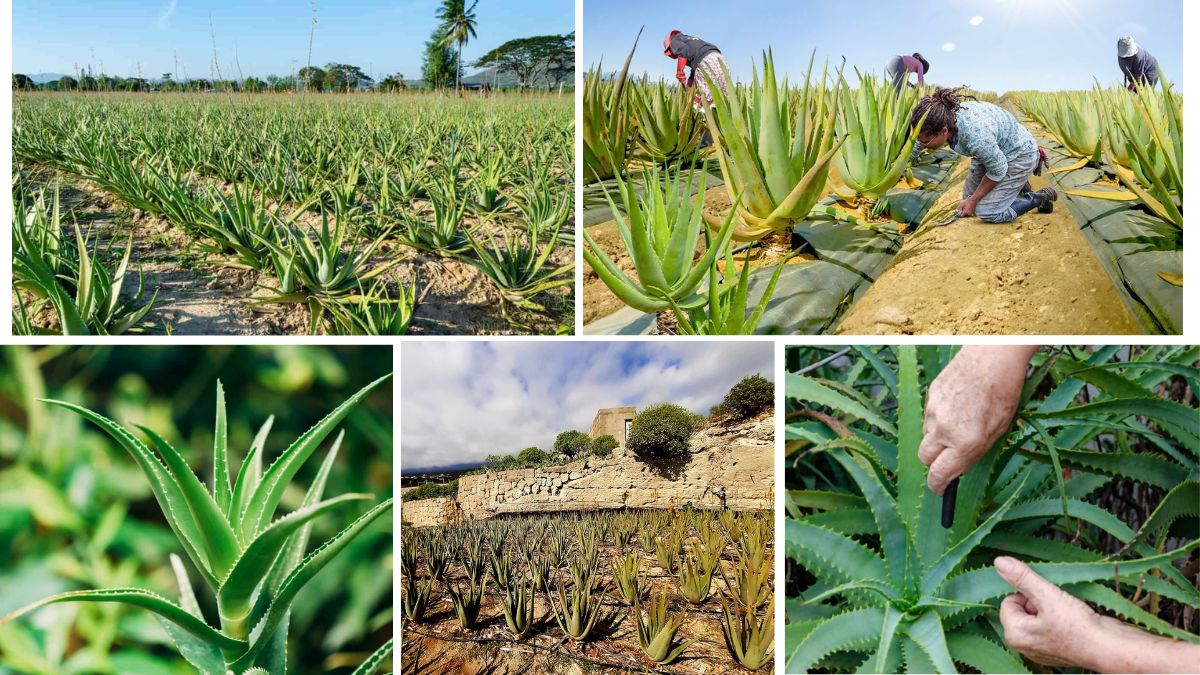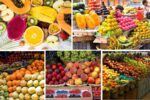Aloe vera, often called the “plant of immortality,” has been used for thousands of years for its medicinal, cosmetic, and therapeutic properties. Its succulent, gel-filled leaves are rich in vitamins, enzymes, amino acids, and other nutrients that offer healing benefits for skin conditions, digestive issues, burns, and more. In recent decades, the commercial demand for aloe vera has surged, leading to its large-scale cultivation across the globe.
Today, aloe vera is no longer just a home remedy—it is a multi-billion dollar industry. This article explores global aloe vera production, highlighting the leading countries, their strategies, and the economic importance of this medicinal plant.
The Global Importance of Aloe Vera

The rise in consumer awareness regarding natural and organic products has greatly influenced the market demand for aloe vera. Its application spans several industries, including:
- Cosmetics and skincare – Used in lotions, creams, soaps, sunscreens, and after-sun products.
- Pharmaceuticals – Employed for wound healing, digestive issues, and inflammation.
- Food and beverage – Included in juices, gels, and dietary supplements.
According to recent industry reports, the global aloe vera market is expected to exceed USD 3 billion by 2027, driven primarily by consumer preferences for plant-based and herbal products.
1. India – The Global Leader
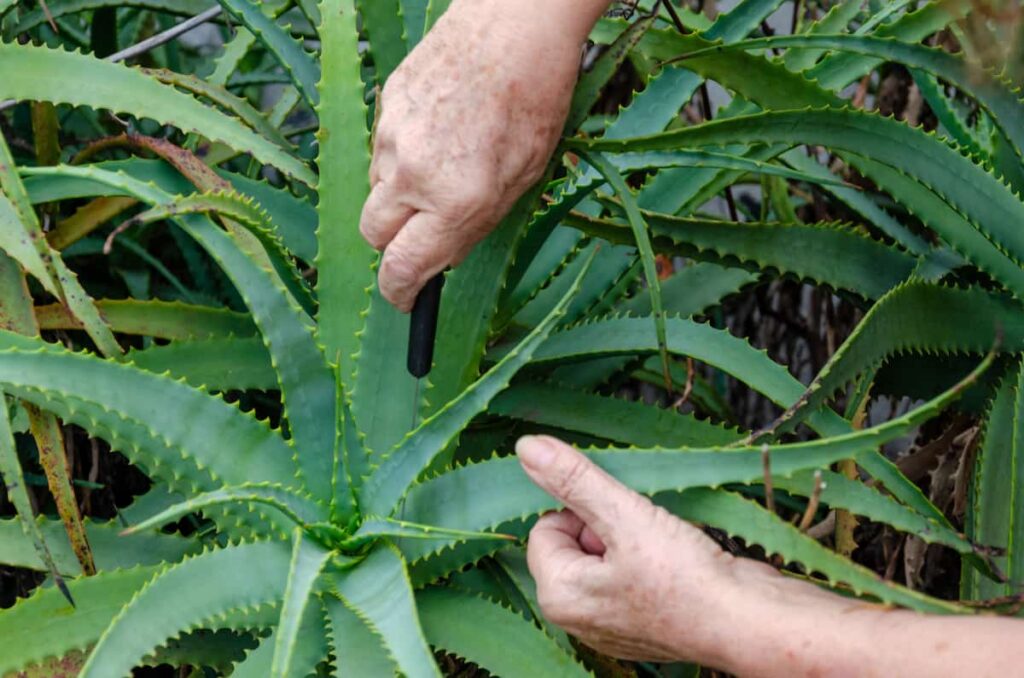
India is the world’s largest producer of aloe vera. The country’s warm, dry climate and fertile soil are ideal for aloe cultivation.
Key Details:
- Major states: Rajasthan, Gujarat, Maharashtra, Tamil Nadu, and Andhra Pradesh.
- Annual production: Over 200,000 tons.
- Varieties grown: Aloe barbadensis miller is the most cultivated variety due to its high gel yield.
- Government initiatives: India promotes aloe cultivation through AYUSH (Ayurveda, Yoga & Naturopathy, Unani, Siddha and Homeopathy) support and National Medicinal Plants Board subsidies.
India’s cost-effective labor, organic farming practices, and strong Ayurvedic industry have made it a global aloe vera powerhouse. Additionally, India exports aloe gel, extracts, and processed products to the USA, Europe, and Southeast Asia.
2. China – The Aloe Processing Giant
While China’s aloe vera cultivation area is smaller than India’s, it has become a global leader in aloe vera processing and export of value-added products.
Key Details:
- Production hubs: Guangdong, Hainan, and Fujian provinces.
- Annual output: Approximately 150,000 tons.
- Focus: High-tech processing, R&D, cosmetics, and pharmaceuticals.
- Key companies: Hainan Aloe Biological Products, Shanghai KinGreen BioTech.
China has invested significantly in biotech-based processing, enabling it to manufacture high-quality aloe concentrates, gels, powders, and extracts that meet international standards.
3. Mexico – The Western Hemisphere’s Aloe Capital
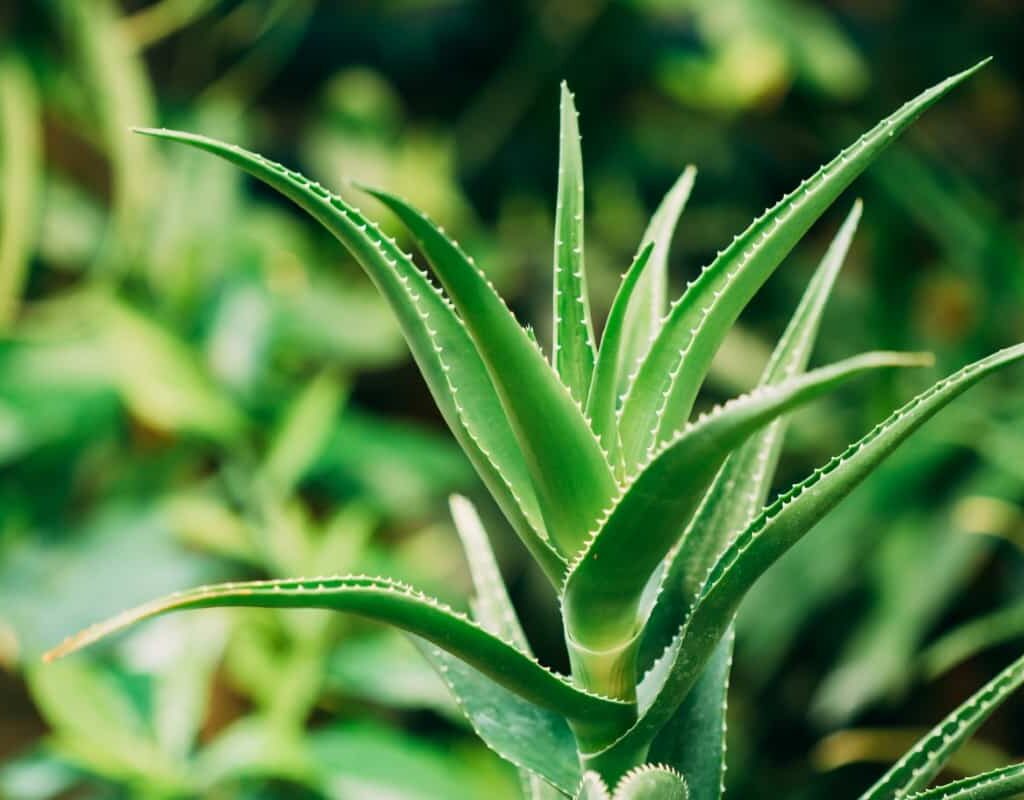
Mexico ranks third globally in aloe vera production and is the top producer in the Americas. Its proximity to the U.S. market and favorable desert climate make it ideal for large-scale cultivation.
Key Details:
- Key producing states: Tamaulipas, Oaxaca, and Yucatán.
- Annual production: Around 100,000 tons.
- Major export markets: USA, Canada, and South America.
- Growth drivers: Organic farming certification and direct trade with cosmetic companies.
Mexican aloe vera is favored for its purity and is commonly used in organic and certified natural beauty products worldwide.
4. Thailand – A Fast-Growing Contender
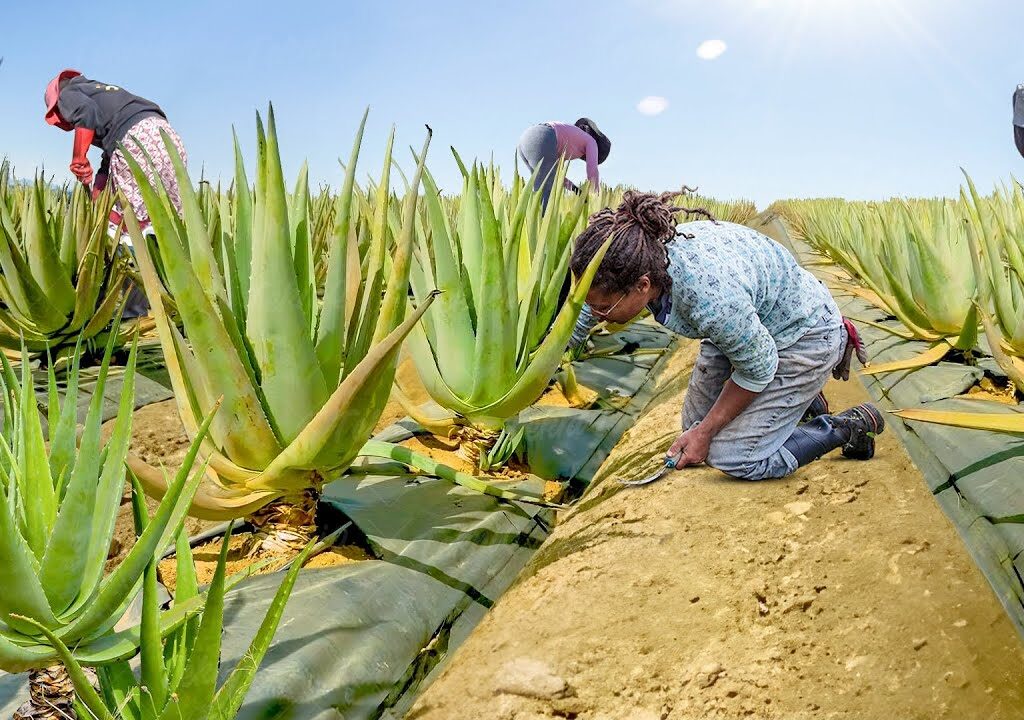
Thailand has seen a rapid rise in aloe vera farming, driven by domestic consumption and the flourishing beauty and wellness industry.
Key Details:
- Primary areas: Nakhon Pathom, Chiang Mai, and Central Thailand.
- Production: Around 50,000 tons annually.
- Uses: Aloe drinks, cosmetics, herbal medicines, and spa products.
- Government support: Integrated into Thailand’s “Bio-Circular-Green Economy” model.
The country is especially known for aloe-based drinks, which are gaining traction across Asian markets.
5. United States – Niche Yet High-Value Production
The U.S. does not produce aloe vera at the same volume as India or China, but it has a strong high-end market and focus on value-added processing.
Key Details:
- Cultivation zones: Texas, Arizona, and Florida.
- Production: Limited (approx. 10,000–15,000 tons), often greenhouse-grown or organically certified.
- Major focus: High-purity gel, dermatological products, and dietary supplements.
The U.S. is also a key consumer of aloe vera, importing large volumes from Mexico and the Dominican Republic. Major brands like Forever Living and Herbalife depend heavily on aloe vera as a cornerstone ingredient.
6. Dominican Republic – Emerging Export Hub

The Dominican Republic is becoming a rising star in aloe vera exports, especially to the U.S. and European markets.
Key Details:
- Climate: Ideal tropical conditions for aloe growth.
- Production focus: Organic aloe and fair-trade farming practices.
- Annual output: Estimated 20,000 tons and growing.
Farmers here benefit from certifications that make their products competitive in ethical and natural product segments globally.
7. South Korea and Japan – Technology-Driven Aloe Industry
Though limited by land, South Korea and Japan import aloe vera for processing and value addition.
- South Korea: Focuses on skincare and K-beauty markets, incorporating aloe into moisturizers, serums, and sheet masks.
- Japan: Uses aloe in food, functional beverages, and health supplements.
Both nations drive innovation in aloe-based product formulation, exporting finished products worldwide.
Economic and Environmental Impact
Economic Benefits:
- Job creation: Aloe farming and processing support rural economies.
- Export revenue: Aloe vera products contribute significantly to agricultural exports.
- Smallholder participation: Especially in India and the Dominican Republic.
Environmental Benefits:
- Drought-tolerant: Aloe can thrive in arid, water-scarce regions.
- Low input crop: Requires minimal pesticides or chemical fertilizers.
- Soil conservation: Aloe’s root systems help prevent erosion.
These features make aloe vera cultivation a sustainable and eco-friendly agricultural choice.
Challenges in Aloe Vera Production
Despite the boom, aloe vera farming faces challenges:
- Price fluctuations – Global supply and demand can vary.
- Post-harvest losses – The gel oxidizes quickly if not processed fast.
- Lack of standardization – Quality control issues in developing countries.
- Market competition – Intense rivalry among producers can impact profit margins.
Addressing these concerns through innovation, value addition, and certification can help countries sustain long-term aloe profitability.
Conclusion
Aloe vera continues to shine in the global agricultural and health products market. With countries like India, China, and Mexico leading the charge, aloe farming presents a golden opportunity for rural upliftment, sustainability, and economic growth. As more consumers turn to herbal and plant-based products, the demand for high-quality aloe vera is only expected to rise.
Future success will depend on research, innovation, fair trade practices, and sustainable farming—ensuring that aloe vera remains a key player in the global botanical economy for decades to come.
